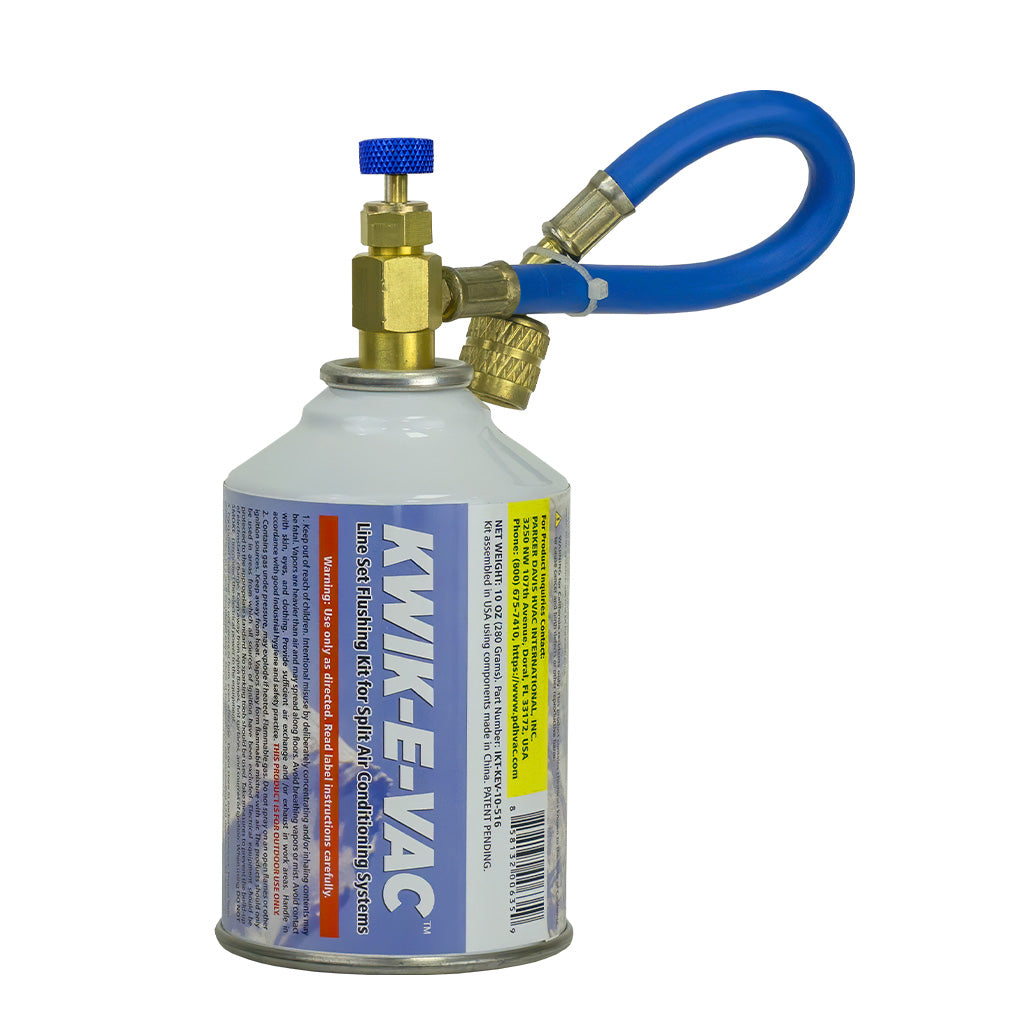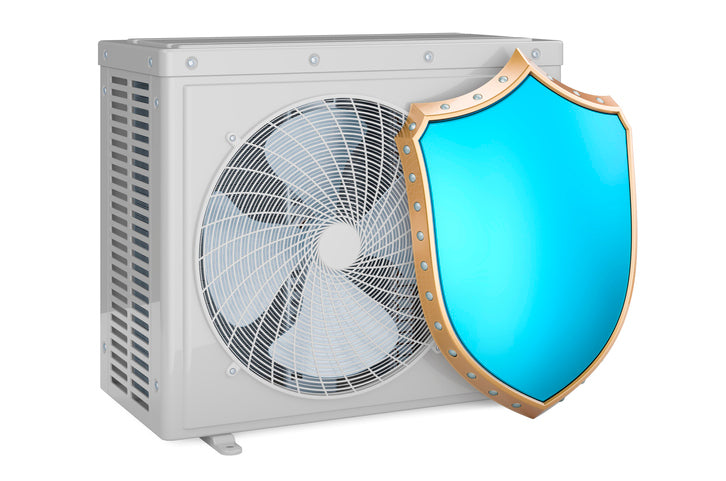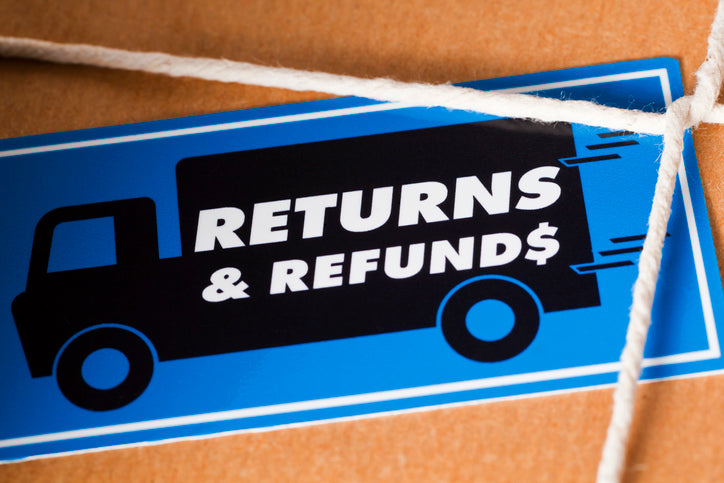How To Reduce Mold Exposure for Your Baby at Home

Black mold isn’t good for anyone’s health, but it’s especially detrimental to babies. Newborns’ immune systems are still developing, and as such, babies are more prone to getting sick from mold, mildew, allergens, and other nasty particles in the air.
Before you bring baby home, consider hiring a professional to inspect your house and look for traces of black mold and other irritants. You can also take steps to reduce the possibility or presence of mold and other matter in the air that could affect your baby’s health. Here’s how to reduce mold exposure for your baby at home.
Keep the Air Flowing
Air is one of mold’s biggest enemies. It prevents humidity from forming and becoming trapped in the hidden areas mold likes to grow. Make sure the air is flowing freely throughout your home. Occasionally opening the windows and doors is the easiest way to get some fresh air inside. The weather may not want to oblige, but even in the middle of winter, let a good, stiff breeze blow through.
Furthermore, check the vents around your home to make sure dust and debris aren’t blocking them. Check the filters, vents, and fans on your HVAC system, too, and subject devices such as multi-room mini-splits to regular maintenance and cleaning. Finally, use fans to air out areas such as the basement and attic.
Keep Things Dry
Mold loves water, as it needs moisture to live. So cut off the source by adding dehumidifiers to particularly humid rooms. Look for leaks and repair them or seal off their means of entry. Dry off the walls of your shower after bathing and ensure the bathroom fan is unblocked and running perfectly. Taking the extra step of spritzing the walls of your home with disinfectant and washing them down twice a week will also curb mold’s growth. Mostly, watch and smell for wetness inside and outside the walls. Mold can’t grow if water isn’t present.
Interior Decoration
When you decorate the nursery and the rest of the house in preparation for your baby’s arrival, use mold-resistant products. Employing products such as mold-resistant plaster, drywall, and insultation in any rehabbing or redecoration projects will help you get ahead of the possibility of mold growth. A multitude of mold-resistant paints can also curb mold’s growth.
Declutter, Declutter, Declutter
Decluttering is a good policy overall, but it also fights mold growth by allowing air to blow around your home, unimpeded and not blocking ventilation. As we mentioned, too little air and too much water are food for mold, so don’t give it any extra hiding places where it can grow unchecked. Decluttering is good for your home’s safety and beauty as well.
Cover the Crawl Space
Crawl spaces are already creepy on their own, but when leaks and groundwater pool in them, mold can become emboldened to grow and send spores up through the flooring. First, make sure water can’t gather in your crawl space by looking for any leaks. Installing a plastic vapor barrier can also keep moisture trapped in the ground and prevent mold from growing. You can use plastic tarps that are 20 millimeters or more thick to ensure they won’t tear when and if you need to access the crawl space.
Send Outside Water Elsewhere
Make a habit of cleaning your gutters, especially during wetter periods and absolutely after the last leaf falls in autumn. Gutters and rainspouts direct water away from your home’s foundation so that you don’t have to worry about the water entering the basement or crawl space.
During the winter, watch for ice dams forming over clogged gutters. Ice dams can weigh down and break the gutters and force ice back onto the roof. Furthermore, as the ice melts, freezes, and remelts, the water can work its way under your roof and get into the ceiling of your home. Not only can Mold can grow as a result, and the weight of the water could also lead to a collapse. Water is one of the biggest enemies of architecture.
Keep Things Clean
With a new baby in the house, make sure you’re cleaning and disinfecting often. Cleaning the floors and all surfaces is good, but go above and beyond by looking inside cabinets, closets, and any other crevices around the house where mold can hide. Keep these spots dry and disinfected and let the sunshine touch these spots as much as possible—the ultraviolet rays in sunlight can kill mold.
Don’t forget to clean off your houseplants, too, as they’re excellent spots for mold to develop. Don’t use harsh cleaners on your plants, of course; wipe them down gently and watch for mold development in the soil. Plants are good for your baby, but not when they’re caked in mold and mildew. Ensure that they’re getting plenty of sun and that they aren’t resting against the walls as well.
Pick a Purifier
You can go the extra mile by buying an air purifier for your baby’s room or, better yet, for the whole house. Air purifiers with HEPA (high-efficiency particulate air) filters are excellent for clearing the air not only of mold spores but also pet dander and fur, dust mites, pollen, and other allergens. Activated charcoal filters are very good for cleaning the air, too. Periodically clean or replace the air filter in your HVAC system and call in a technician to inspect it twice a year. And as always, watch for any drips and blockages, which can prevent the device from staying dry.
These are the basics on how to reduce mold exposure for your baby at home. Babies can’t thrive in moldy or otherwise unclean environments. If you have any other questions about controlling mold with a mini-split or other HVAC system, call Pioneer Mini Split for a consultation. We’re available to discuss your options for heating and cooling your home. We’ve been in the business for almost 30 years, offering a huge selection of products and services—all backed by our respected guarantee. We’re located in Florida but have supplied products to clients around the world.








